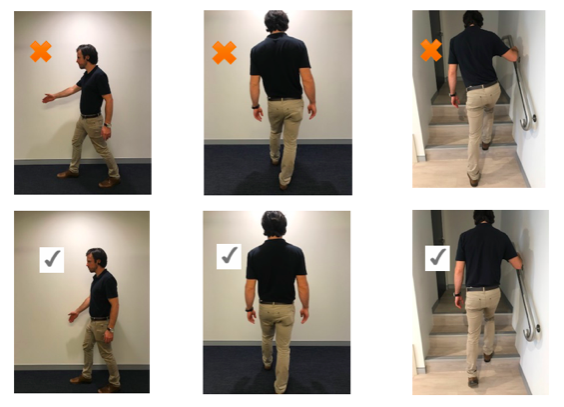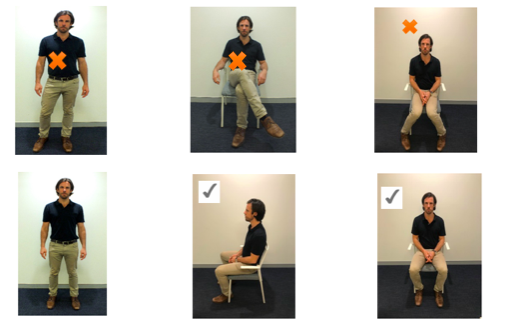WHAT IS LATERAL HIP PAIN?
Lateral hip pain (LHP), otherwise known as greater trochanteric pain syndrome (GTPS), can encompass a couple of different pathologies. Most commonly, LHP is often caused by changes in the gluteal tendon (tendinopathies or tears) which may secondarily inflame the bursa (bursitis) due to the increased compressive force through the area. The gluteal tendons (maximus, medius and minimus) insert onto the side of the femur bone close to or on the greater trochanter (a bony prominence on the side of the thigh bone). The bursa are small fluid filled sacs that act as a cushioning between bones, joints, tendons and muscles. LHP is often a gradual build up over time but can also arise from some trauma to the area, such as a fall, leading to inflammation in the area.
SYMPTOMS OF LHP
LHP can present in a variety of different ways, however the most common symptoms include pain and tenderness on the side of the hip and occasional referred pain down the side of the thigh. Things that might make your hip pain worse include crossing your legs, lying on your side and pain when standing from sitting for a period of time.
HOW IS IT DIAGNOSED?
LHP can be diagnosed using a variety of different special tests that can be performed by your physiotherapist. Further imaging, such as an Ultrasound or MRI might be required to confirm diagnosis.
WHAT CAN BE DONE TO REDUCE LHP?
Conservative management of LHP has been proven to be the most effective form of treatment. Due to the nature of the pain, it is important to try and avoid adduction of the hip (crossing the leg over your midline) as this increases the compressive force through the hip, often making symptoms worse. These positions are often linked to poor posture and habits that we adopt, such as resting on one hip when standing/hip hitching. Below are some positions which should be avoided when symptoms of LHP occur.



Education is a huge component of the management of LHP. Having a good understanding of why this pain has arisen is going to be important in treating it initially, and preventing further occurrence in the future.
HOW CAN PHYSIOTHERAPY ASSIST IN TREATING LHP?
Some treatments might include dry needling, soft tissue release (massage) and other manual therapies, however exercise prescription is the main component. Often, LHP arises due to weaknesses around the hip or lower back area. It is therefore important to commence appropriate strengthening in order to address the root cause.
Occasionally in more severe cases, a corticosteroid injection (CSI) might be recommended in order to reduce inflammation. The outcome of these injections is extremely varied, with some getting good relief and others getting minimal to none. Following a CSI, it is important to use this time to strengthen while your symptoms are reduced to enhance muscle activation and provide a good support system around your hip in order to prevent reoccurrence of pain in the future.


